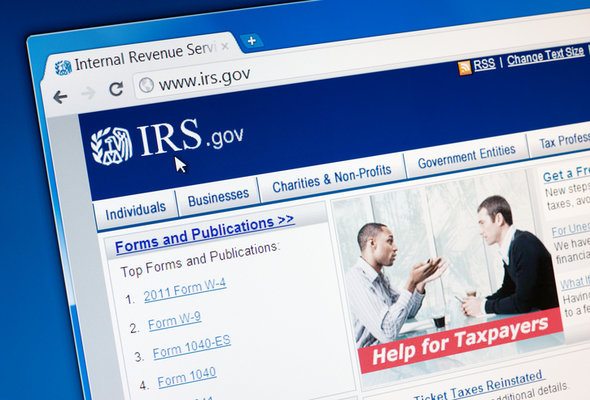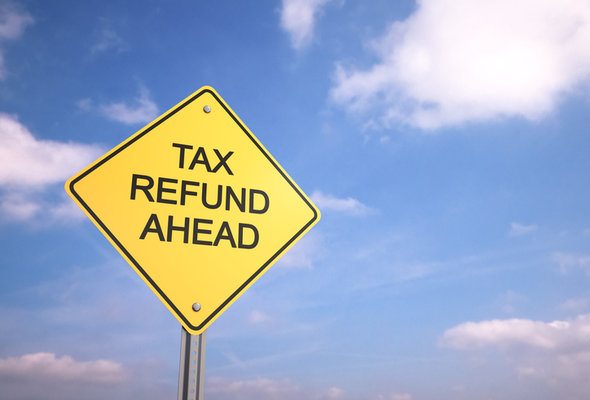A Refund Anticipation Loan (RAL) gives you early access to a sum roughly equivalent to your IRS tax refund. Sounds great, right? Well, the problem with these loans is that they come with significant fees and high interest rates. Another early refund option, the Refund Anticipation Check (RAC), isn’t fee-free either.
Check out our income tax calculator.
RAL vs. RAC
RALs and RACs are products aimed at people who really need – or want – their refund. They’re also a hold-over from the days when everyone filed their taxes via snail mail and refund checks took weeks to arrive. Refund Anticipation Loans (RALs) used to be offered by banks, until federal regulations put an end to the practice. Now, RALs come from private lending chains. Think of it like payday lending.

When a consumer agrees to an RAL, he or she accepts a sum of money from the lender. That sum is equal to the consumer’s expected refund, plus fees imposed by the lender. Your IRS refund cancels the loan – unless the refund isn’t big enough to cover the amount of the loan. If your IRS refund turns out to be smaller than your RAL lender anticipated, you’ll be on the hook for the difference, at interest rates up to 36%. That’s a big financial risk to take.
Less risky but still not a perfect financial product is the Refund Anticipation Check (RAC). If you go to a tax preparation company, you may be offered an RAC as part of your tax filing package. The RAC deducts the cost of preparing your taxes from your refund. You’ll get a direct deposit, debit card or check from your tax preparer that equals your IRS refund minus the cost of tax preparation and fees imposed by the preparer. Unlike the RAL, the RAC doesn’t come with interest. It’s not a loan because the preparer waits to know the full value of your refund before giving you any money.
Not Your Refund
A check or a loan offered to you by a lender or tax preparer is not the same thing as your IRS refund. Instead, it’s money from the issuer that replaces your refund. When you sign up to receive an RAL or RAC, you’re forfeiting your right to get your refund directly from the IRS in exchange for greater speed. You will definitely pay fees and, in the case of an RAL, you may pay very high interest rates. If you accept an “early refund” from anyone who isn’t the IRS, you won’t get your IRS refund. Instead, the IRS will send your refund to the business that issued you the RAL or RAC, which will deduct their fees.
Find out about low overdraft fee checking accounts.
The Alternative

Did you know that you can e-file your taxes through the IRS website at no cost? And, if your income is below $60,000, you can access free software that will walk you through the filing process. You don’t need to pay for the services of a tax preparer if money is tight. If you really need a loan around tax time, you’re probably better off seeking help from your friends and family, or a from a lending circle.
Find out about low interest credit cards.
Bottom Line
It’s understandable to want access to your tax refund as quickly as possible. The good news is that the IRS has gotten much faster at issuing refunds. If you e-file your tax refund and choose the direct deposit option, you should have your refund within a week. You’ve waited all year for this refund check, so why not wait just a little longer and get all your money, with no fees or loan interest?
Tips for Filing Your Taxes
- A financial advisor can help optimize your tax strategy for your financial goals. SmartAsset’s free tool matches you with financial advisors in your area in 5 minutes. If you’re ready to be matched with local advisors who can help you achieve your financial goals, get started now.
- Our annual roundup of the best tax filing software can help you get through this tax season as painlessly as possible.
- If you want to see whether you’ll get a tax refund or have to pay a tax bill, SmartAsset’s tax return calculator can help you plan ahead.
Photo credit: ©iStock.com/Altayb, ©iStock.com/Juanmonino, ©iStock.com/Mgov
